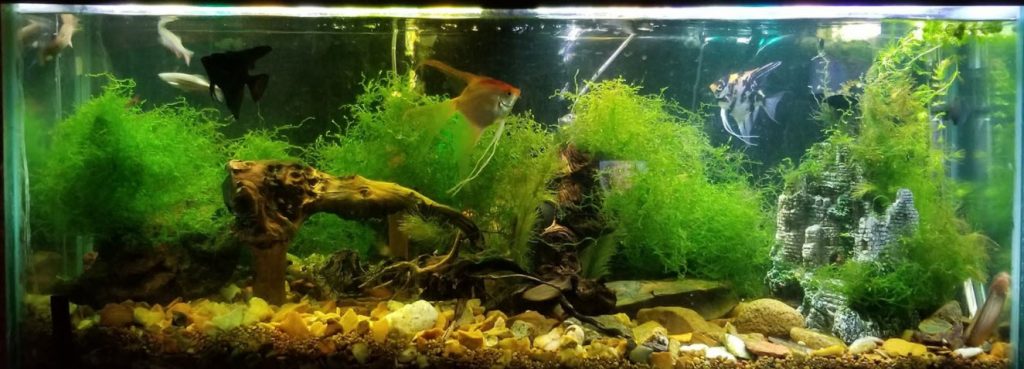
Over-filtration is a constant topic on social media and is very misunderstood. For one thing the standard “mythology” is that a tank must have a gallon per hour flow rate that is three to ten times the gallonage of the aquarium. This mythology goes along the lines of a “600 GPH filter will filter twice the load of a 300 GPH filter”. This is simply not true.
The ability of the filter to do its job is far more dependent on the media it has in it and the effective surface area of the media than it is dependent on flow. In most canister filters a surface area of only 5 square feet per pound of fish is good enough to oxidize the ammonia from one pound of fish. The flow rate is relatively immaterial so long as it is reasonably in the range of 1 to 10 turnovers per hour.
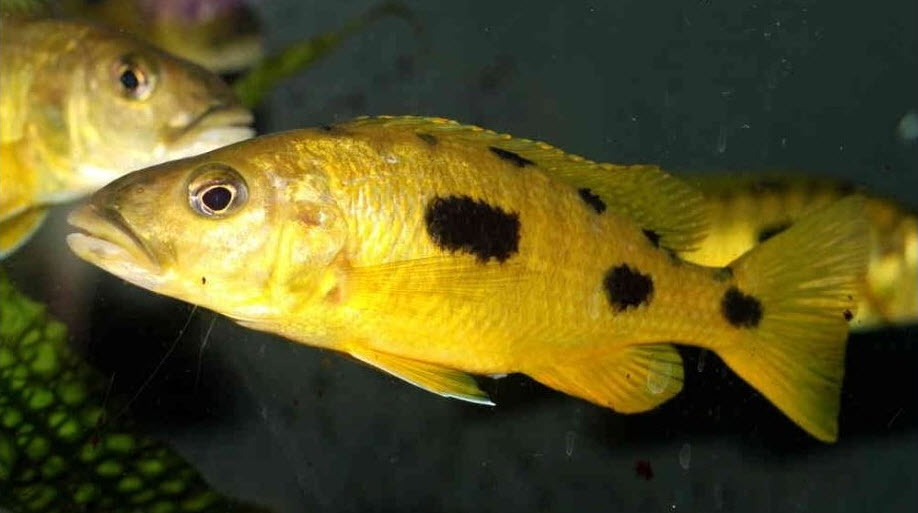
But to get “crystal-clear” water it is necessary to have an effective surface area of more like 100 square feet per pound of fish. And 500 square feet per pound of fish will give absolutely amazing results, especially if the media is K1 in a fluidized bed. Again, the flow rate is relatively immaterial so long as it is reasonably in the range of 1 to 10 turnovers per hour.
Since most hobbyists use entirely ineffective media for filtration in their canisters and hang-on-back filters, they need to decidedly “over-filter” to get crystal clear water. This use of poor filtration media is explained in the following link:
7. Filter Media
.
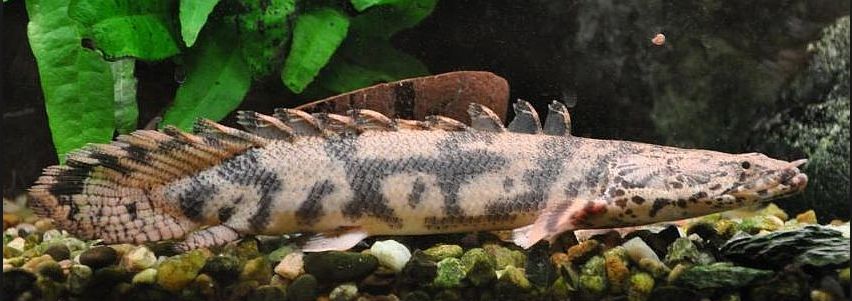
Over-filtration
When someone on social media has a huge amount of filtration this is termed “over-filtration”. The science of biofiltration says that “over-filtration” is not required for ammonia oxidation. But “over-filtration” IS necessary for “crystal clear” water. Crystal-clear water is vital to having a healthy tank. Fish in water which is “dull” or even slightly cloudy will not be as healthy as fish in crystal-clear water.
The fish’s immune system is constantly fighting all the bacteria that the gills are exposed to regardless of the type of bacteria. So a lower bacterial count means more immune system resources available for fighting off pathogens. A high bacteria concentration will compromise the immune systems of the fish and can cause any number of disease and pathogen breakouts. All owners of aquariums should strive for crystal-clear water.
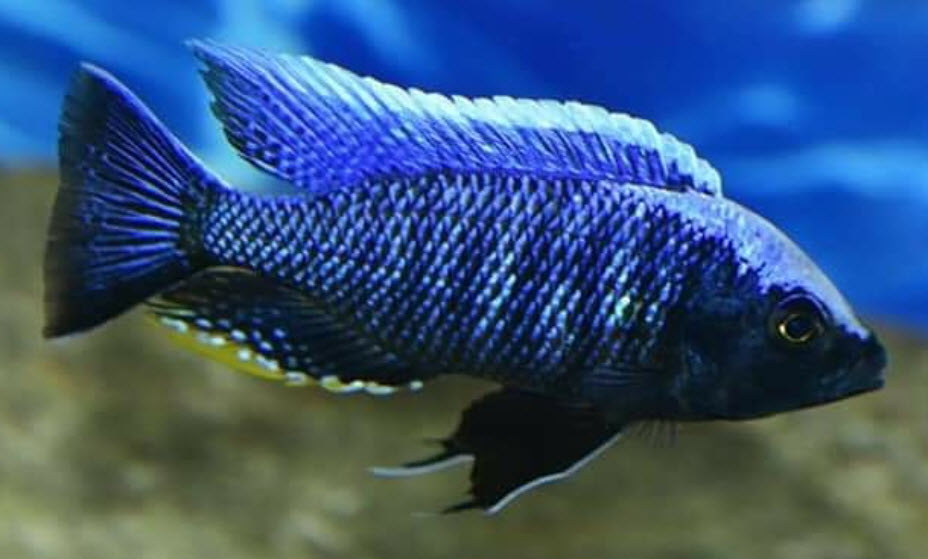
Bacteria Count
Note that “bacteria free” is relative on a LOGARYTHMIC SCALE. A milliliter (or cubic centimeter) of dull, “normal” aquarium water will have roughly ten million, 10,000,000 or 107 bacteria. A milliliter of cloudy water can easily have one billion, 1,000,000,000 or 109 bacteria. And a milliliter of “crystal clear” water can have as little as 100,000, or 105 bacteria in it. This gives one an idea as to why reducing the bacterial count can be so effective in improving the immune systems of the fish.
If the bacteria count in the water column is low the fish can put all their immune system resource towards keeping pathogens at bay. So fish in bacteria free water are far more healthy that fish in bacteria laden water.
.
The Key to Good Fish Health is Clean, Bacteria Free Water
.
Note that, contrary to popular myth, this does NOT mean water which is changed frequently. Going from ten million bacteria to five million bacteria isn’t going to be that much help to the fish. Large water changes cannot compensate for poor filtration.
The bacteria count is related to the amount of square feet of biomedia filter media surface available to the water flow in a filter. The very rough rule of thumb is:
.
One Pound of Fish Needs 100 Square Feet of Biomedia Surface Area to have Crystal Clear Healthy Water
‘
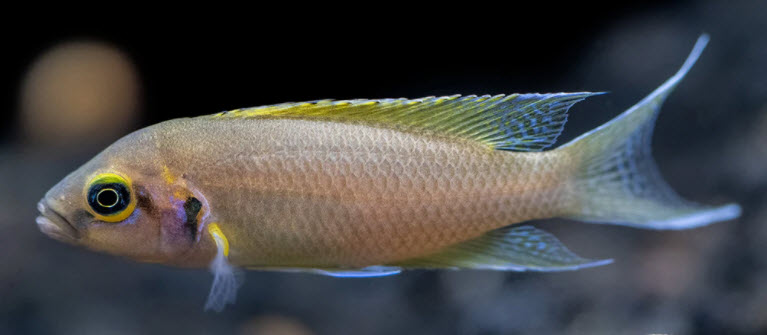
Over-filtration For Crystal Clear Water Explained
The most important part of any aquarium filter is the biofiltration section. The “biofiltration” is done on the surface of a substrate which is termed the “biomedia”. The greater the surface area of the biomedia the more biofiltration can be done. Biofiltration is done by two distinct groups of bacteria:
- First rapid growing heterotrophic bacteria (heterotrophic basically means “eater of carbohydrates and proteins as food”) on the surface of the biomedia in the filter will break down the dissolved organic carbon (DOC) compounds (such as carbohydrates and proteins from waste food) in the water into carbon dioxide and ammonia.
- Secondly very slow growing autotrophic bacteria (“nitrifying bacteria”) growing on the surface of the biomedia in the filter oxidize toxic ammonia into nitrate in two steps. Note autotrophic basically means “eater of chemicals (ammonia in this case) as food”.
The first role is often overlooked as it occurs very rapidly, and these bacteria aren’t considered “beneficial bacteria” They should be considered beneficial bacteria as this portion of the biofiltration is very important in water clarity and in fish health. What is missed here is that the surface area required for this biofiltration function to give crystal clear water and optimum fish health is at least twenty times the biofiltration surface area that the ammonia oxidizing bacteria require to be successful.
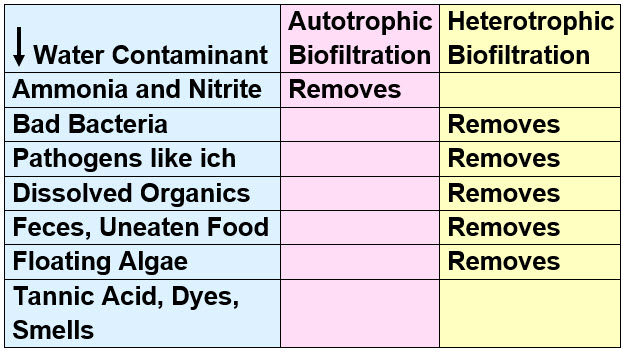
Both types of beneficial bacteria form a thin biofilm over all surfaces. In areas with low to moderate flow the biofilm becomes, over time, a thick, slimy, porous brown gunk with billions of small channels through it. The thicker and older the brown gunk the slimier the feel. A brown slimy gunk is gold to experienced aquarists. This brown gunk will rapidly take any ammonia to nitrate AND remove all DOCs.
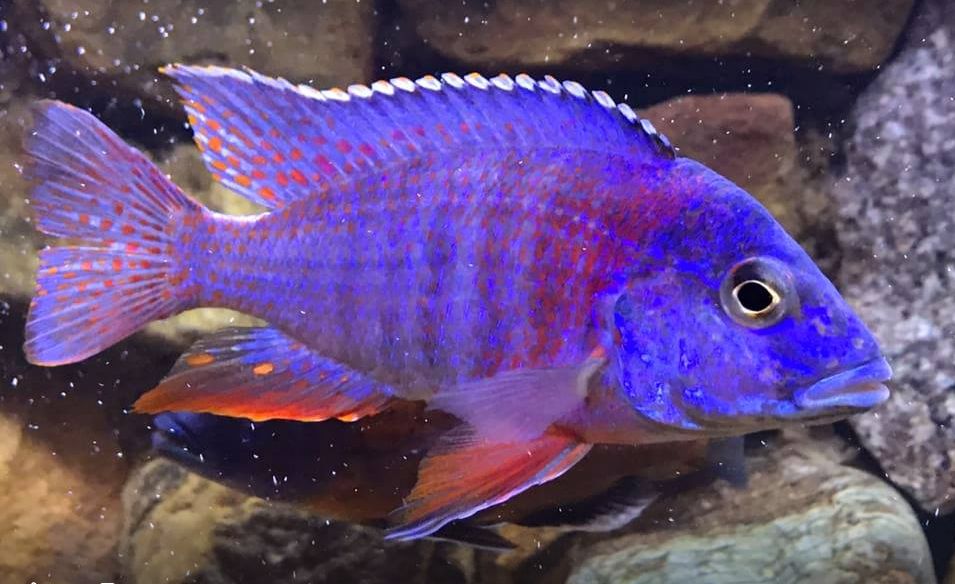
One of the best write-ups on this subject came from Swiss Tropicals, the supplier of Poret Foam. They said:
“The brown filter sludge in a filter is for the most part alive and not simply waste. Removing this mud does more harm than good. The purpose of the filter media is not to filter out particles from the water as is often assumed. The media serves as the habitat for a vast array of microorganisms that include bacteria, archaea, worms, ciliates, flagellates, and many others. These microorganisms live in a community that is based on biofilms. The biofilms are created by bacteria that secret extracellular polymeric substance (EPS), which is often called “slime”. The community forms a bioreactor that processes the waste and turns it into food and energy for its members, and ultimately into organic or inorganic products that are then used by plants, evaporate, or removed by water changes. It takes a considerable amount of time to establish this “filter community”; consequently, it is very important not to disturb it unless absolutely necessary.”
Note that this is a very convoluted intertwined process. Heterotrophic bacteria that decompose uneaten food and feces and autotrophic bacteria that decompose ammonia to nitrate are working side by side throughout the biofilters.
More often most of the “brown gunk” is in the interstices of the biofilter. Aquarists often clean their biofilters frequently to remove the “brown gunk” they think is “dirty” and “bad”. This is exactly the wrong thing to do. We go into this in more depth in this link:
6.8. Thorough Cleaning
‘
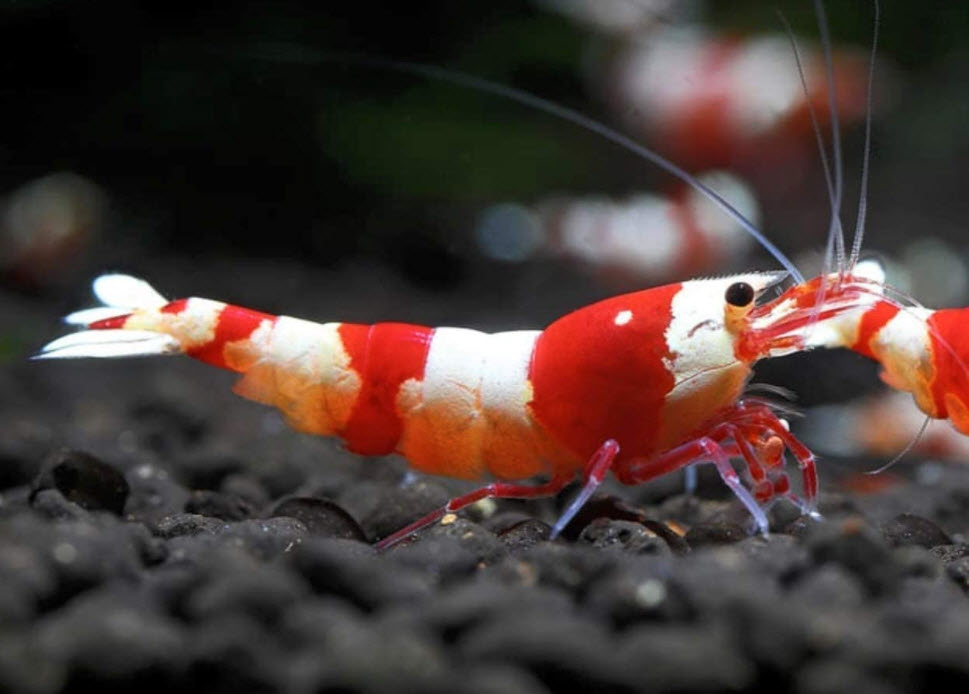
Beneficial Bacteria don’t “Stop Growing”
Another aspect of over-filtration is the concept that beneficial bacteria stop growing when they reach a certain food loading. One well intentioned but incorrect social media commentator said:
“Having too much filtration is actually a waste. The nitrifying bacteria, commonly referred to as “BB” or beneficial bacteria colony will only grow to the size that matches its food source which is the bio-load. The bio-load obviously comes from the fish waste and any regular extra food left uneaten (which there shouldn’t be if one is feeding their fish correctly). The BB colony will grow large enough only to consume the amount of waste being produced. No more, no less. So over-filtration is technically not possible.”
This explanation goes sideways because it contains a fundamental misunderstanding about how bacteria live and multiply. Think of it this way. Beneficial bacteria take in food and multiply by dividing in two. Beneficial bacteria do not require a food source to live. They can “starve” for years with no food. They can reproduce with very little food.
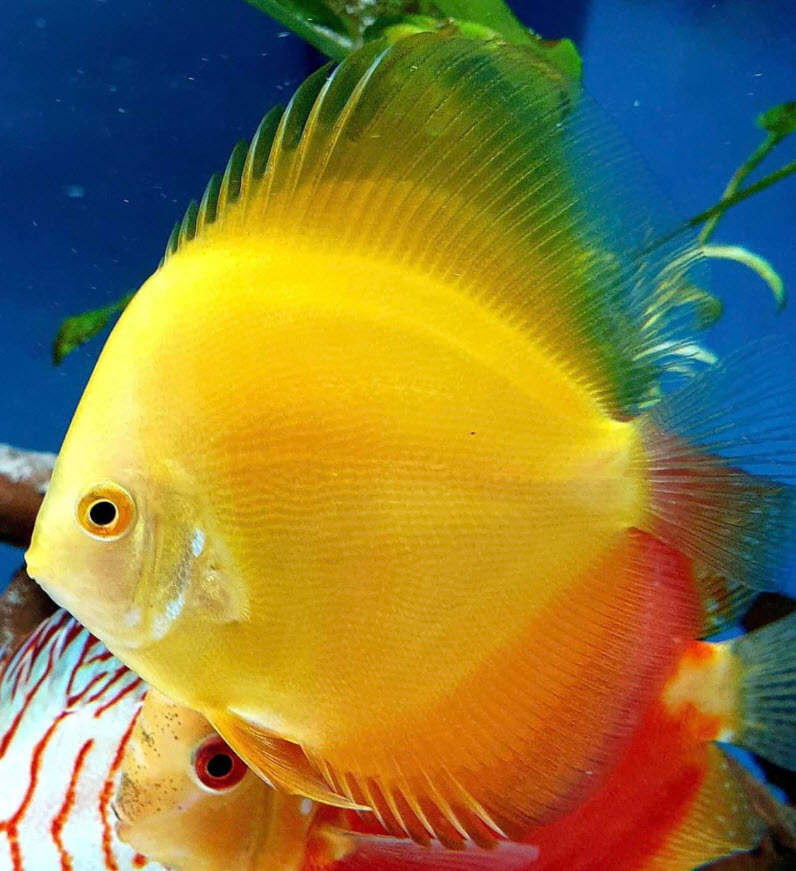
So at a level of ammonia like 4 ppm per day the bacteria will multiply at say once every 24 hours until let’s say, for illustration, a level of one billion bacteria is reached. At that point the beneficial bacteria can handle the load and the tank is “cycled”. If the ammonia feed stopped cold at that point no more beneficial bacteria would be produced.
But with fish in the aquarium the ammonia will keep coming. So the bacteria continue to reproduce only at a slower rate. So instead of doubling in 24 hours it might take 48 hours, then 96 hours then 192 hours etc. Three month later there might be 10 billion bacteria at the same ammonia input level, IF THERE IS SUFFICIENT FILTER MEDIA SURFACE AREA.
So, after three months, if the load of fish in the tank is doubled or even multiplied by ten the filter will have no problem handling it as far as ammonia oxidation goes.
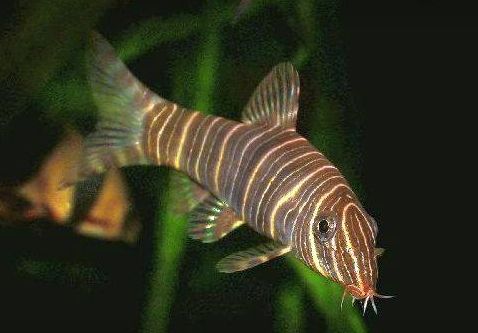
Also the comment assumes that “beneficial bacteria”, i.e. autotrophic nitrifying bacteria that oxidize ammonia, are the only organisms of importance in a biofilm. As the Poret write-up alludes to, there are a whole host of “beneficial critters” in most biofilms in the aquarium, including a large volume of beneficial heterotrophic bacteria that are the organisms responsible for crystal-clear water. These organisms require a much greater surface area as explained in the section on crystal-clear water:
6.4. Crystal Clear Water
.
Return to Filtration Menu
.
Aquarium Science Website
The chapters shown below or on the right side in maroon lead to close to 400 articles on all aspects of keeping a freshwater aquarium. These articles have NO links to profit making sites and are thus unbiased in their recommendations, unlike all the for-profit sites you will find with Google. Bookmark and browse!
.
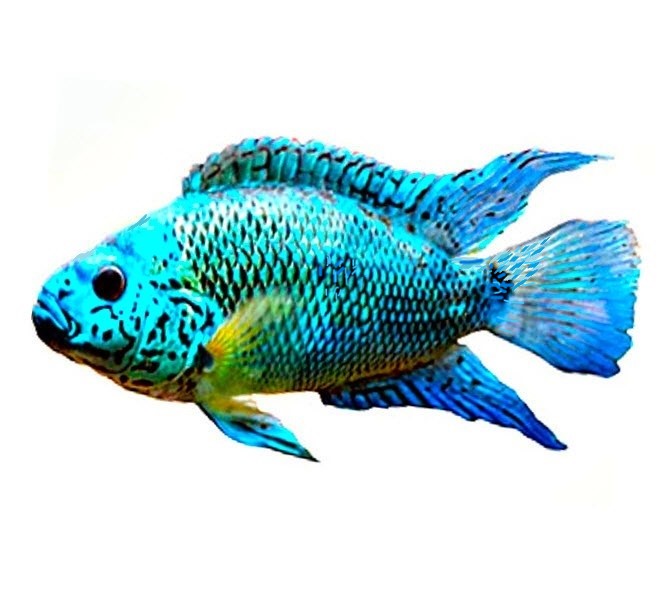
Dave says
In reply to Gordon ….. As I have repeatedly said “Mother Nature is very flexible”. The LRB, Father Fish, Walstad methods all can be made to work quite well with little or no filtration. But the water won’t be that “crystal clear” water that I value very highly in a show tank for fish. As for DOC’s we are talking about considerably different compounds. I’m talking about carbohydrates, Walstad is taking about humic substances. And the mechanisms that the DOCs of Walstad protect from simply don’t occur in the normal aquarium (heavy metals at taxic levels and very acid conditions).
Gordon Tandy says
Hello David – I’ve been reading various bits of the website relating to bacteria in the water column, and filtration. I have also read or watched output from Diana Walstad & Lucas Bretz, who apparently obtain good results without much filtration, & I’ve been trying to reconcile the success of the very different approaches. I can only think that in their tanks it is plants that perform an equivalent function to filters? Perhaps helped by a fish-load that is not as high as some fish-keepers maintain. I was also interested in your attempt to minimise DOC, given that D. Walstad is quite positive about it. She states “The Rio Negros DOC protects fish from acid’s damaging effects by ensuring that the fish can take up – & maintain – required Na+ levels” (Pg 20 “Ecology of the Planted Aquarium” 4th ed.). Perhaps another factor that might help to explain successes of a low-filtration approach (in some cases) might be the growing trend to train the roots of houseplants into the aquarium water, where they essentially act as a filter – perhaps a powerful one, given that thereby neither water nor CO2 will be a limiting factor upon their metabolism? Thank you David – I have been enjoying the website very much indeed. Gordon
Lindsay says
Hi Dave,
Thank you again for helping me through the fish in cycle I found myself in after my son won two goldfish at the fair. Following your advice it only took 3.5 weeks to get to 0 ammonia, 0 nitrites, about 20 nitrates.
Now I am working on getting crystal clear water. Last week I upgraded to an oversized bottom up HOB stuffed with only 20ppi foam. I also have 2 sponge filters. Assuming it will take a bit of time for enough heterotrophic bacteria to grow to clear the water, at what point in time do I conclude the dull water is a result of something else, like overfeeding? Are we talking weeks or months? For more background I have one common and one comet (each 3 inches body+tail) in a 20g long tank. They are fed Repashy gel food eyeball size portions 2x/day and occasionally bits of boiled broccoli. Thank you
Dave says
In reply to Maeby …. You are both underfiltered and overfed. CUT WAY BACK ON YOUR FEEDING. It sounds like you have some hang on back cartridge filters. These are notoriously poor filters. IN ADDTION TO CUTTING FEEDING BY EASILY 80%, add a canister or an undergravel filter. Also insure you have good aeration.
Maeby says
Hello, I think I over filtrate my tanks and I’m okay with that. What I’m not okay with is when and how to clean said filters. Although some of the filters have an alert for when to clean I usually ignore them or wait until I notice heavy particulates (detritus worms(?) and tan/brown jellylike chunks) being dumped into the tank when I turn the filters back on after a water change or light sand vac. You can imagine my disappointment when my freshly cleaned clear water returns to a murky dingy mess again. Am I doing something wrong in regards to my filter upkeep? It seems like a weekly issue that tons of lil worms get blown out of my filters when I switch them back on. Is this normal? I’ve gotten to the point to where I’ve taken a fine mesh net/filter bag and attached it to the outflow in anticipation of the gunk that comes out of the filters cuz lately I feel like I clean them(by clean I mean just take the filters apart and squeeze the pads and whatnot in tank water and put them back in the filter instead of new replacements) way too often now. My hobby feels like it’s becoming a chore and I feel like my relationship with my fish are suffering in the process. 🙁
Dave says
In reply to Brad – UK …. It is based on metabolic weight.
Brad - UK says
Hi Dave,
One question has come to mind – sorry if I have missed it somewhere within the articles.
When you look at the 100 Foot per pound of fish target (for crystal clear water) is the pound of fish based on the actual weight or the metabolic weight?
Thanks,
Brad
Dave says
In reply to eduard …. Filtration will only remove NPK if you are adding a lot of carbohydrates somehow. I.e. if you have a lot of assimilatory denitrification. And the amount of filtration (i.e. the available surface area) will have little effect. So I would say over filtration per se cannot remove NPK.
eduard gorpasin says
Hello again, Dave
I’ve been going again through your articles on Planted tanks and Fertilizers and I have a question: Does/ Can over-filtration* take away NPK elements (that one adds to the water column) from the plants and neutralize them?
* Think of overfiltration in its most severe form, as in having 4 canisters and 2 small sumps on a 125 gallon discus tank that is also fitted with an undergravel covering >85% of its bottom (below a 3-8 mm gravel substrate). Thank you